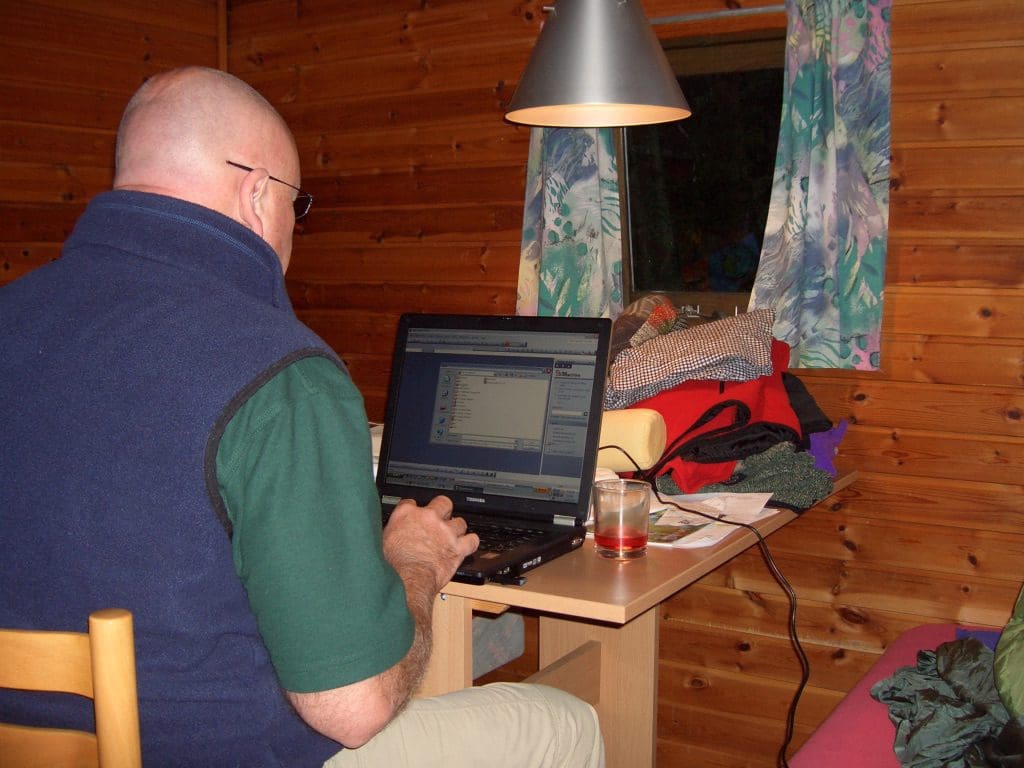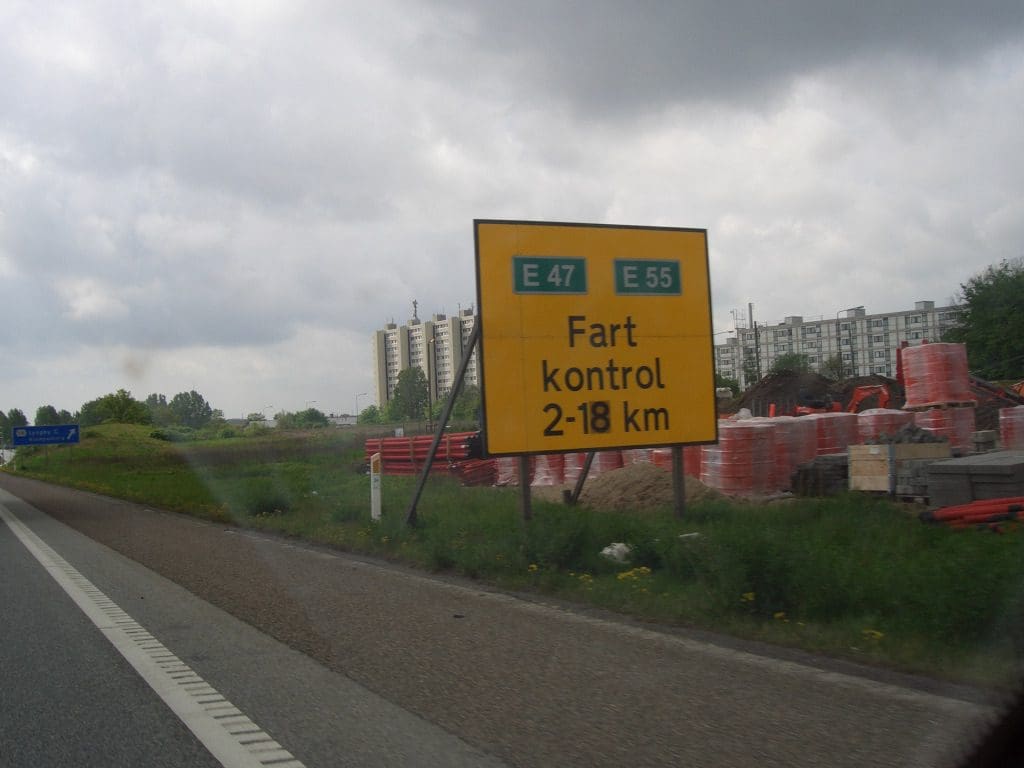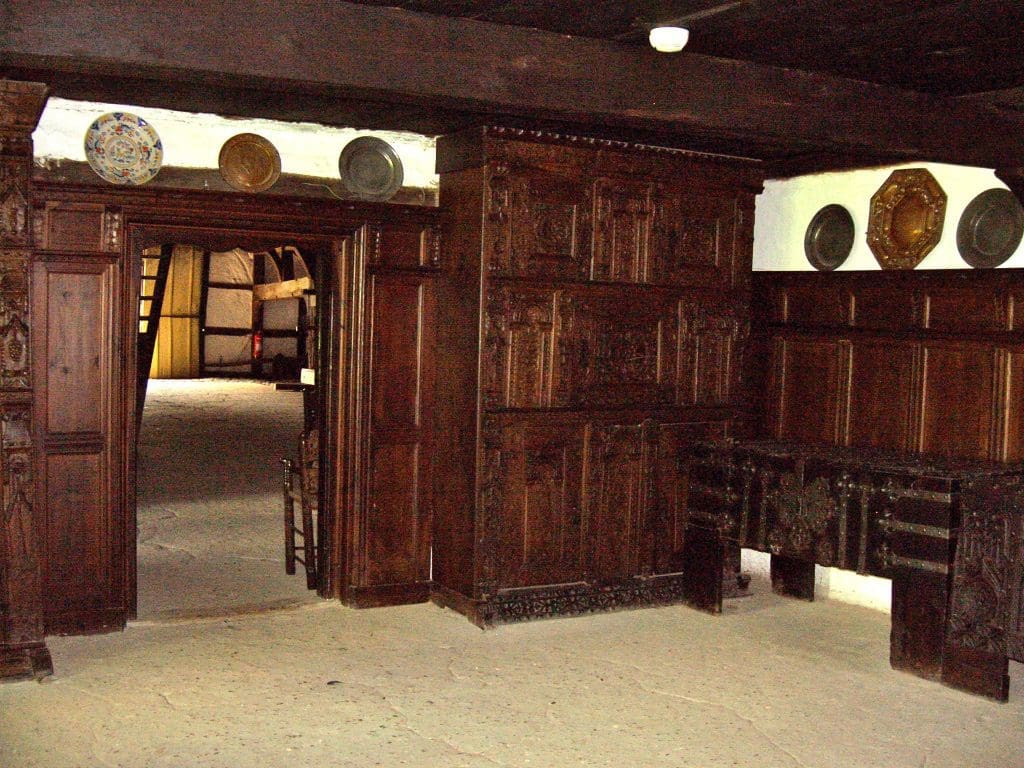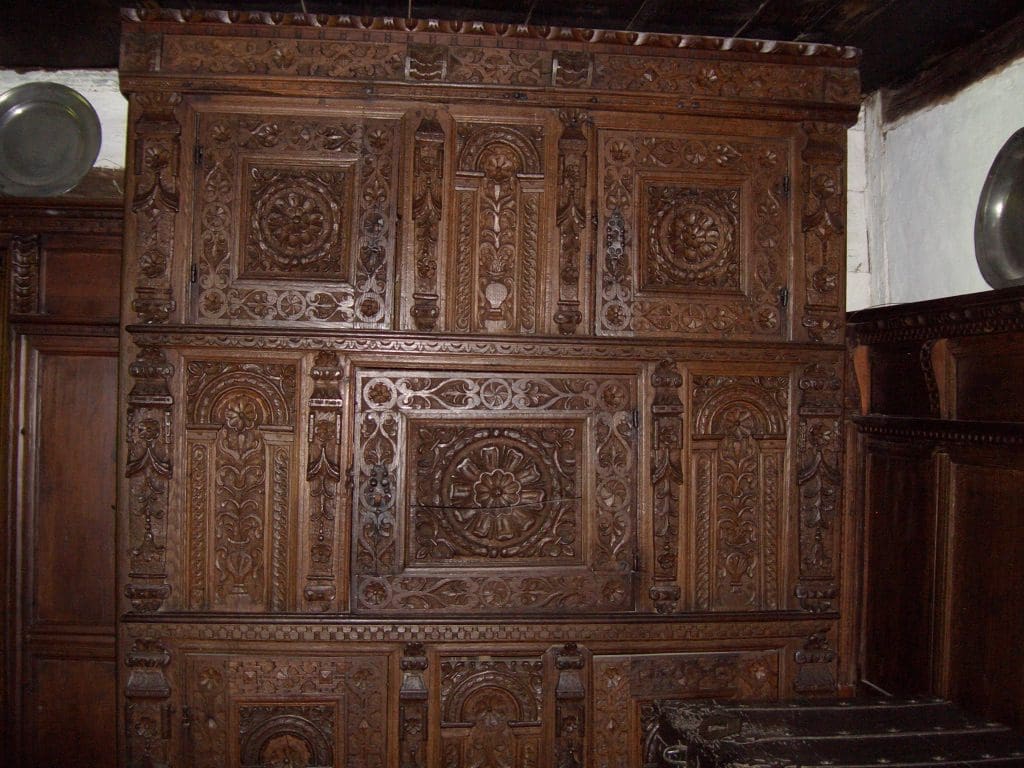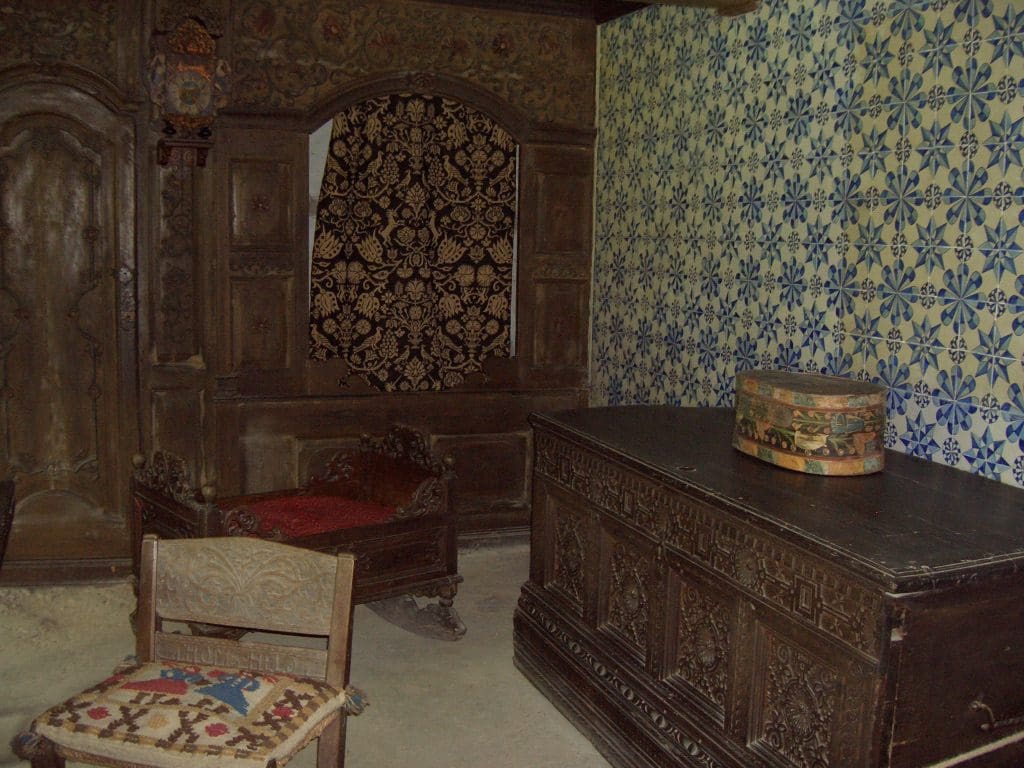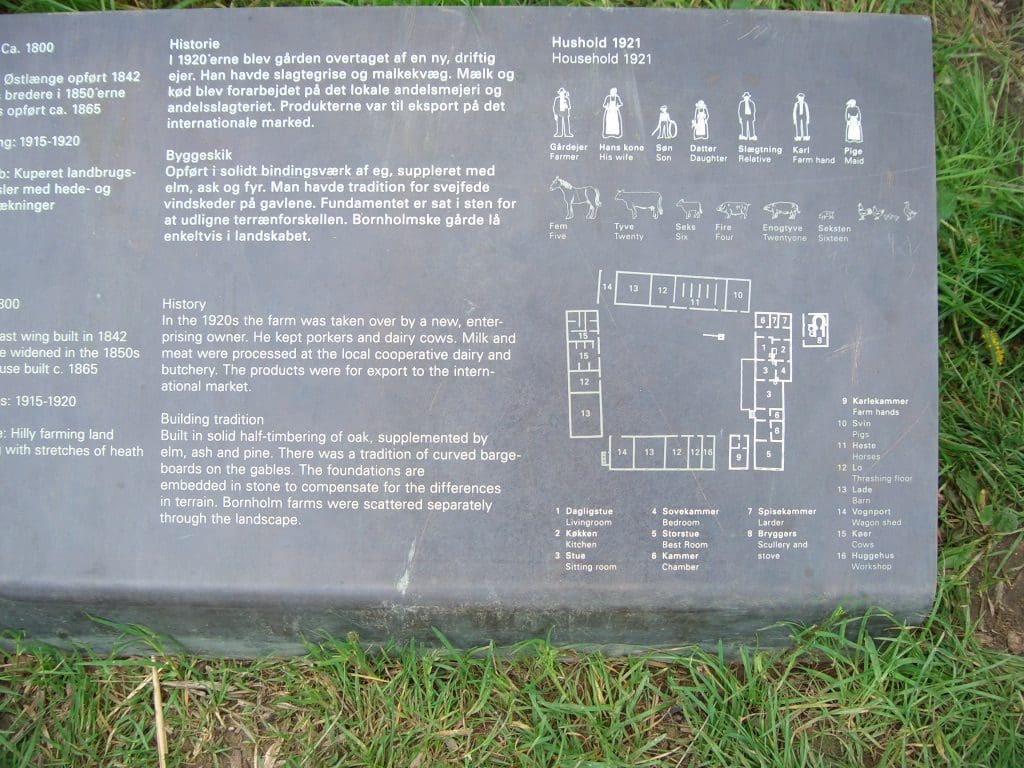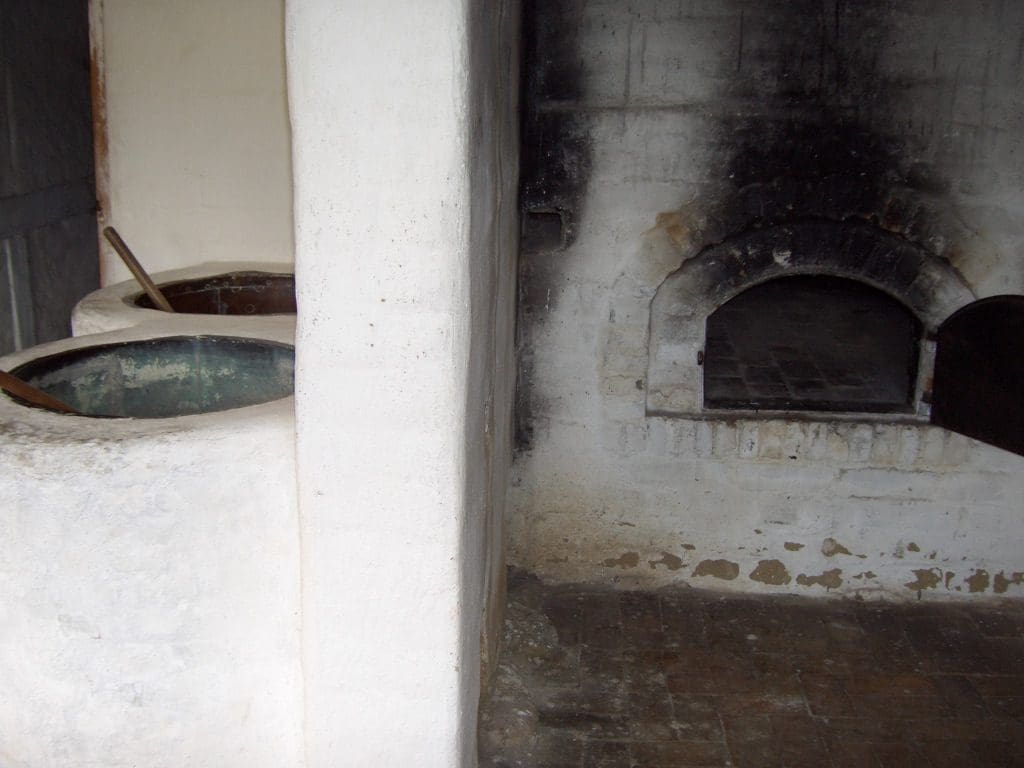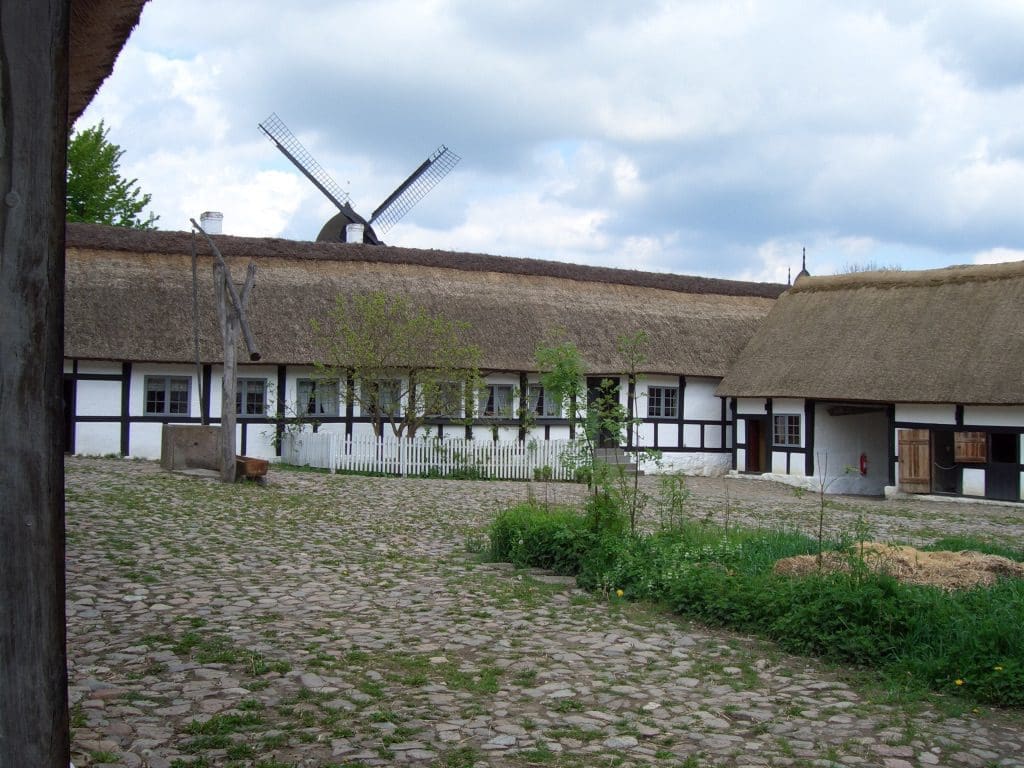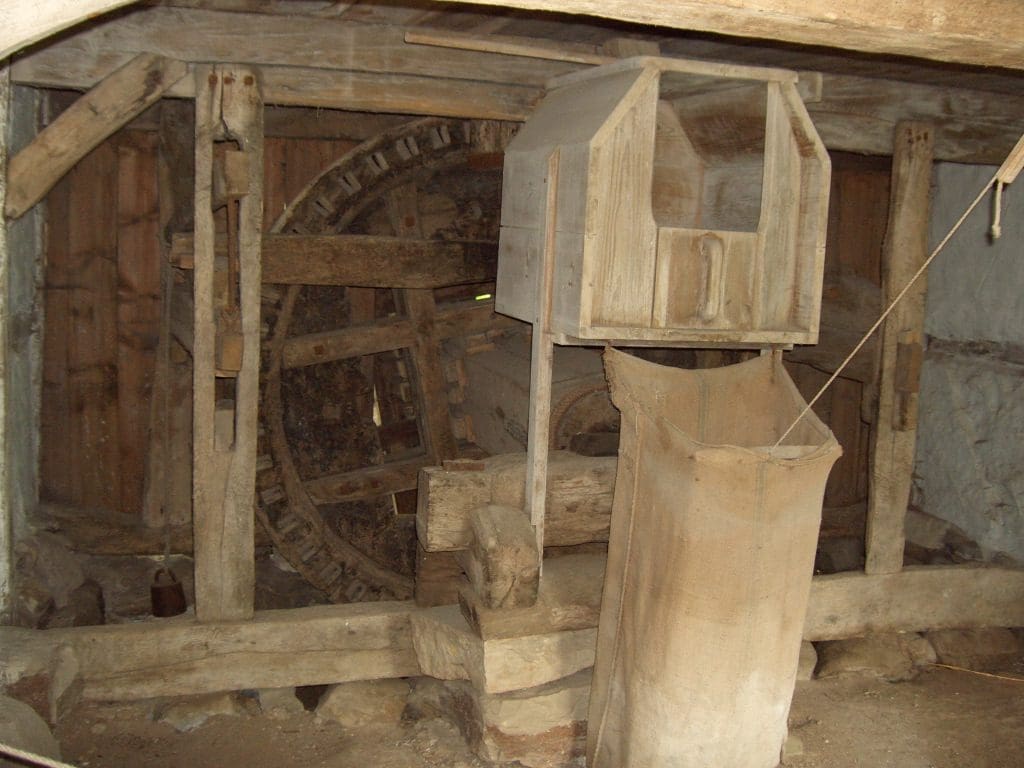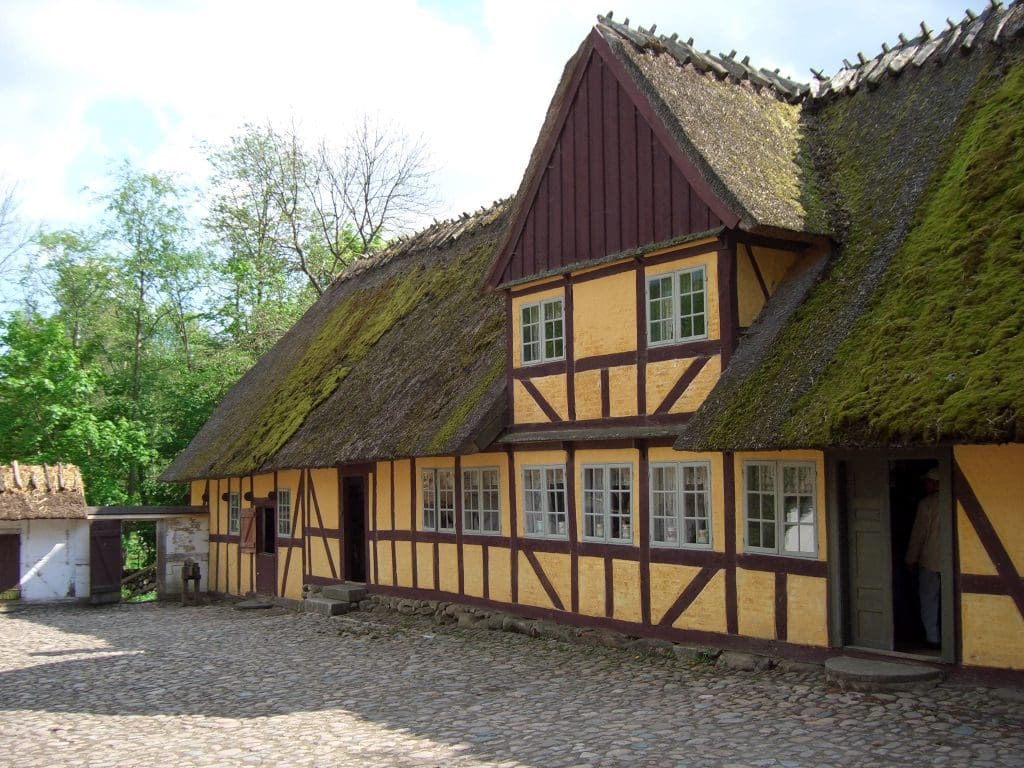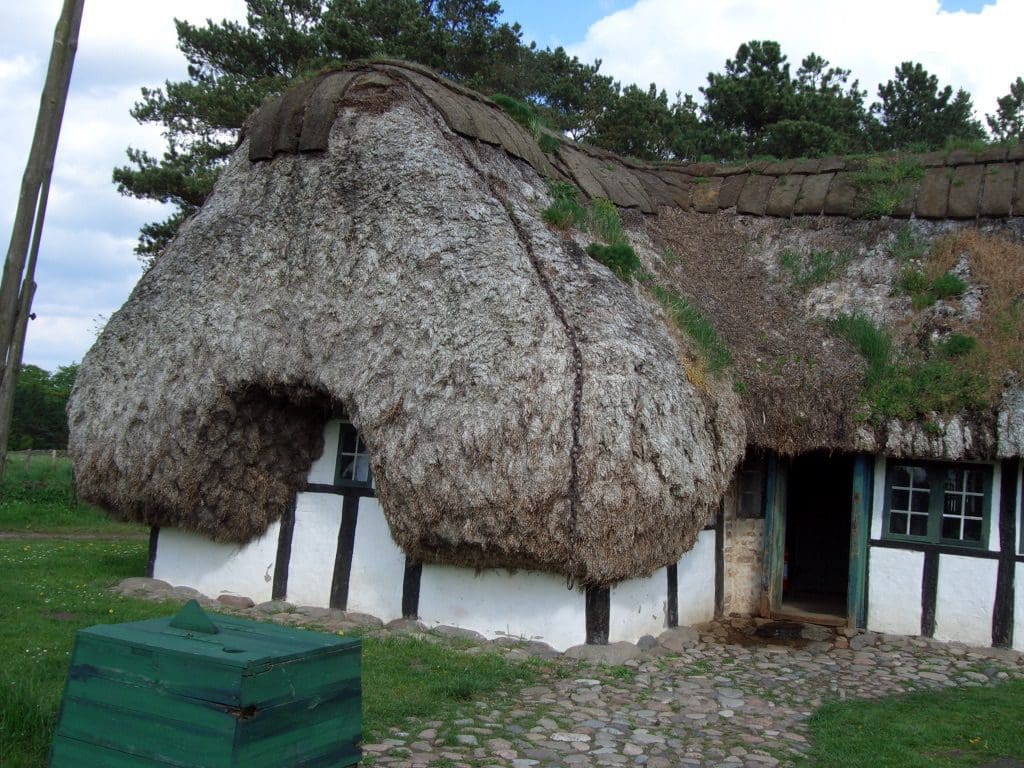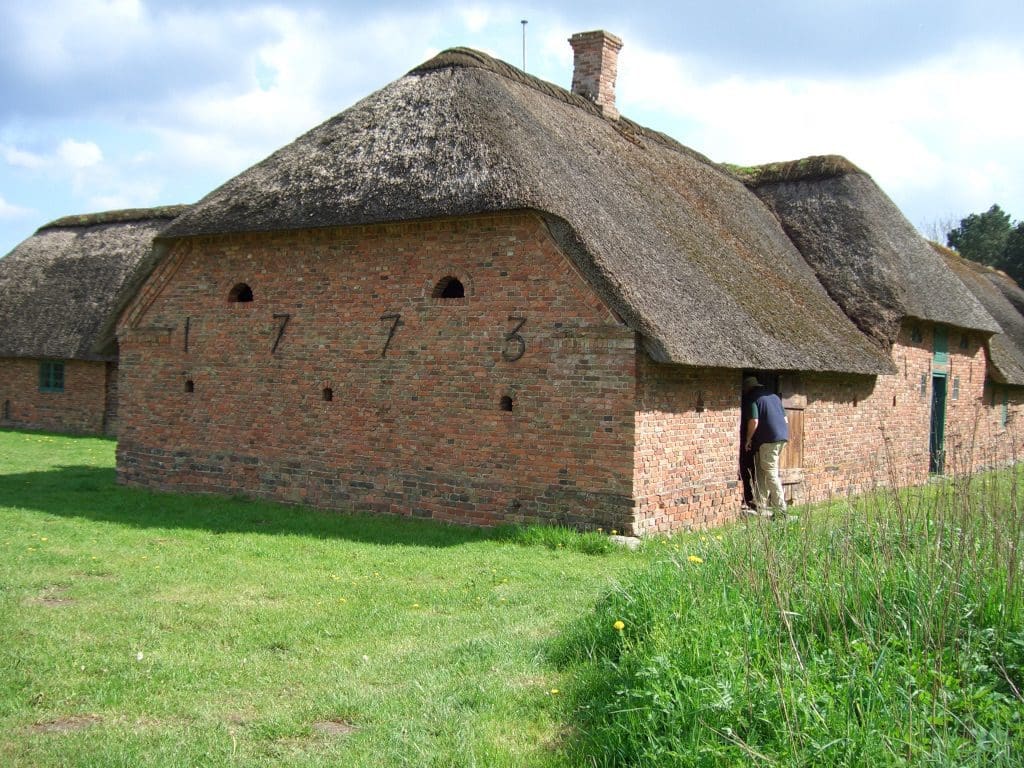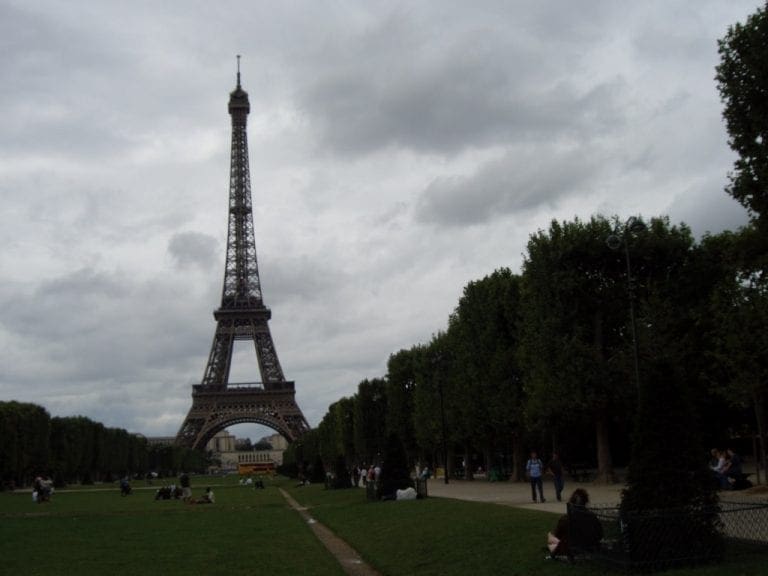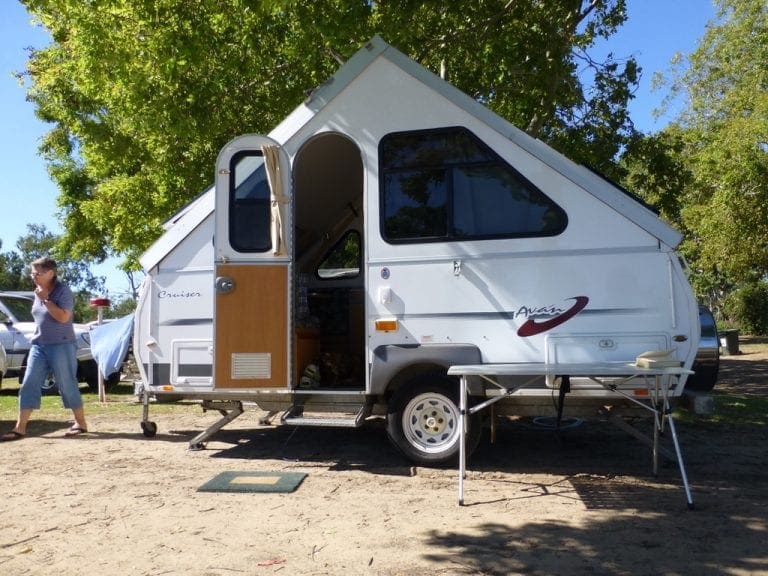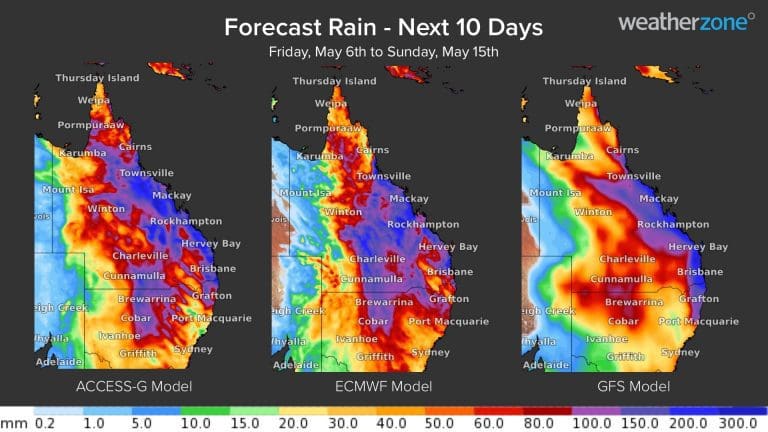Denmark 1
We now have a significant change in our trip. Geoff is working. Helen is not.
9/5 Geoff took the car to work today putting his trust in “the girl” (gps) to get him there and back. Helen did some much needed washing – A$16 for a wash and a dry – so she managed to fit quite a lot into the machine. Yet another way of turning machines on and paying for them. Helen thought the EU would have managed some uniformity in these things. The shower in this place works by waving your hand in front of a sensor. This activates an instant torrent of water which can fill the boots of the unwary in seconds. After the home chores Helen headed off to the local small shopping centre – about half the size of Cherrybrook. Spent a couple of hours in the supermarket looking at prices and generally poking around. The check out chick recognised her Australian accent. She had spent a few months as an exchange student at Parramatta High several years ago. She laughed at the fact that she and her friends thought that wearing a school uniform was “not cool” and “look at me now sitting here with a uniform on for work”. We are sitting in a “dining room” near the reasonably equipped kitchen watching TV. There is a huge state banquet involving the royal family. We think it has something to do with the christening of the new baby – on the other hand the Swedes seem to be starring so may be it’s a visit. Considerable (hours) of TV coverage that we would think makes a good home movie. Geoff went to work at the Danish firm. Arrived back at the tent to find Helen in a scarf in the cold wind. The Danes are astounded that the mad Aussies are camping. The owner of the camping ground probably has us down for 1 more night before we toss in the towel.
10/5 This morning dawned cloudless and sunny. Wacko, thinks Helen, I can get the legs in action and walk into Lyngby (where Geoff is) following the bicycle trails, stroll around the lake and get a lift home with Geoff. Hmmmm. By the time I cleaned my teeth and got a few things together for lunch the blue sky had disappeared and the heavy drizzle had started again. Plan B went into action and I was repairing to the sleeping bag with a good book when Geoff rang offering to pick me up. HB spent the day wandering around Lyngby shopping centre – probably about the same size as Castle Towers if was under the same roof and very similar shops. I recognised lots of the brand names. Couldn’t find a two dollar shop as I was on the lookout for a cheap frying pan but did find a very excellent cheese shop, which I will be returning to and a few other interesting food shops. (Remember, it was a cold and wet day so I was looking for comfort food.) Smoking is common and still allowed in eating areas and throughout the shopping centre. I was also struck with the number of people, men and women, who had a glass of beer with lunch. It seems to be on tap at most lunch places and coffee shops. Conversations today confirmed that we were indeed watching the visit of Swedish royalty on telly last night. Apparently they haven’t popped over for a chat for some considerable number of years. (Anders, who is Norwegian, commented that “we are usually fighting them” and then went to talk about the hundred years war – though that was centuries ago.) The same crowd of royalty is back on telly tonight. Looks like a visit to the theatre.
11/5 A few changes in the camp. The rain during the day is making it very difficult for Helen. It has meant that she is confined to the tent – which is small. We have decided to move to a cabin in the camp ground. About $78 per night. We have that for 6 nights until Thursday 17 when there is a public holiday here and the campground will be full of revellers at a Danish music festival!! More decisions will follow about this we are sure.
12/5 We went to the Viking ship museum at Roskilde (the capital of Denmark before Kopenhagen). A very good museum – good tour and film. Five ships that had been scuttled here in 11th century to block off an entry to the harbour were found about 30 years ago and make the mainstay of the museum. Also here was the Glendalough Sea Stallion (that’s right Glendalough where we were a couple of weeks ago), a reconstructed Viking boat that will row/sail from Roskilde to Dublin – departing 1 July 07 and arriving 25 August 07. Crewed by 65 – living as the Vikings on the open boat – shitting over the side – working 4 hours on and 4 off, round the clock. We are not sure of the selection criteria. It could not be strength or height, as the woman crew-member who explained all this weighed less than 50kg and the top of her head did not reach Geoff’s shoulder. Quite an adventure.
The coincidence did not stop there. The boats are built by hand using replicas of Viking tools. To illustrate the techniques, they frequently used illustrations from the Bayeux tapestry (where we were last week). The only ones who did not know that William of 1066 was a Viking are the English. The French know. The Danes clearly know. Strangely, the Danes put the end of the Viking era at about the time of William’s conquest (because the world had become too stable). Maybe William told them to behave themselves after that and called on the Viking Alliance (if there was such a thing) to keep the peace.
From there to the Lejre Experimental Village. Extremely interesting. Run by Copenhagen University. The idea has been to build an iron age village and try to live in it – to see how cold it gets in winter and how to survive. (In the houses, with a fire, most of the heat goes up the smoke hole. The temp is at best 10C and could get down to 4-5C. The room is full of noxious smoke. If you add cattle to try to keep warm, it makes no difference to the internal temperature. The cattle are warmer than outside.) How long does the thatched roof last ?(about 5 years – then after you have rebuilt it a few times, you move on – in 25-30 years the whole village has moved 50-100 metres on). They burnt down a fully “furnished “house complete with animal carcasses on purpose to see what happened. The fire began in the hearth. In 30 seconds the roof was alight. In 30 minutes there was next to nothing left. They covered the remains with earth and left it for about 10 years. They then did an archaeological dig on the remains and found lots of stuff. However, when they repeated the dig about 20 years later they found very little – it was the same as a 2000 year old site. They were trying to get info to compare with real digs. Two women students were walking around in period dress and bare feet. We had polypro on and felt cool. The place is also full of people and kids trying it out. They have a working forge, baker, weaver, leather worker, basket maker etc, as well as a diverse herb garden – studying medicinal uses. As we were leaving, people were arriving to spend the night complete with their roll of skins to sleep in. Blokes wandering around with arrows as there is some big hunting competition on tomorrow.
13/5 Today after a slow start and a few skype calls home, we went to the Frilandsmuseet – an Open air museum. (Slide show click here.) This is a collection of houses and buildings that have been painstakingly moved from all over Denmark and rebuilt here in Lyngby. Most that we saw were originally built about 1800. The one thing that every bloke commented on as he walked through was the height of things to bang your head on. In almost every house we went into, head banging happened at eye level for Geoff. We went into 11 houses in an hour and a half. There are 81 houses/buildings on exhibit. It is not just the housing and seeing the sizes of things, and where they slept, eat and shat. It was also that they had fully furnished each one. The potters house (that we went into last) was stacked with part completed pots, drying pots, fired pots and finished pots. Some ‘best rooms’ had music on the piano. This was unexpected detail. It is also a ‘working museum’. We came across 3 millers who were using the grinding mill in the miller’s house to make flour. We found 3 working mills (a windmill and two water mills – one of which was in one end of the miller’s house). The museum occupied several hectares in the centre of Lyngby. There were hundreds of Danes walking through it – all ages. It was obviously a place that people went to for an outing. No entrance fee. We could not help feeling that if it were in Oz, it would have been vandalised and things broken or stolen. Not the Danes. Very neat, very ordered. No litter. No graffiti.
A few thoughts on Denmark. A very ordered people. We have the impression that everyone knows their place exactly. Maybe not as rigid as the Germans but not as independent as the French. The absence of litter would astound the Irish and the Aussies.
The cars in France, Germany, Belgium and Holland have the country designation as part of their numberplate. Not the Danes. The ‘DK’ if it is present, is insignificant – almost like part of the car’s decals. Danish cars are older and larger than in France and Germany where very tiny cars abound. However, apparently over 50% of Danes cycle daily. Every road has a designated cycle ‘lane’ and they have right a way at intersections and roundabouts. In the country there are many kilometres of cycle way running parallel to the roads. Bus and train stops have large bike parking racks and the streets are lined with bikes leaning up against buildings. The place is very flat – highest ‘mountain’ is only 160m. Most bikes have no gears, the more modern ones have 3 and occasionally you see something going past fast with a derailleur and real gears.
Birds here begin their dawn chorus at about 3:50am at present. We are not sure when it gets dark – between 10pm and 10:30pm. Apparently, they don’t call at all after June 23 (mid summer). A sudden cut off.
Shortly after writing that, the couple who have been saying ‘bonjour’ to us for a few days came over and said ‘you are not French’. He (ex-biology teacher) then told us all the things we should see in Denmark. It would take several summers just to see the beautiful, interesting things. Certainly very proud of their country. Even bought over a bird book for us to use while here. We were told that we must forcefully speak English so that people know we ‘are not French’! We have been told several times that most Danes can understand English because most TV and film is in English with sub titles.
Words and where they come from. Because of the huge Danish invasions of England, we were expecting more recognisable Danish words that are common in English. There appear to be very few. A few boat ones like skiff and skull. The Scottish word ‘barn’ for a child also exists in Danish. Ireland gave us many words/phrases. ‘Daylight robbery’ refers to the window tax England imposed, causing windows to be bricked up and therefore stole their daylight. ‘Upper crust’ was the top of the bread which was not burnt and the better off got to eat. ‘By Hook or by Crook’ is Cromwell’s statement when setting out to capture Cork/Waterford by way of Hook Point or Crook Point – ‘I’ll take it by Hook or by Crook’..
The GPS in the car (‘the girl’) is one of the more useful things we have. Type in the address and she delivers us to the door. It is not only the turn left and right directions, it is knowing that she will get us out of any hole if we miss a turn. Without her, the stress level would be enormous, with the passenger constantly having to navigate and decide lanes and turnoffs in a maze of signposts. The girl makes it easy. Worth every penny. Even when she ‘losses satellite reception’ and gets told off.
Danish weather. We know that the joke about Melbourne weather is that if you don’t like it wait an hour. In Denmark, it would be wait 1 minute. Anders (one of the people Geoff is working with, and who is really a Norwegian) says ‘the trouble with Danish weather is that there is too much of it’. We agree.
